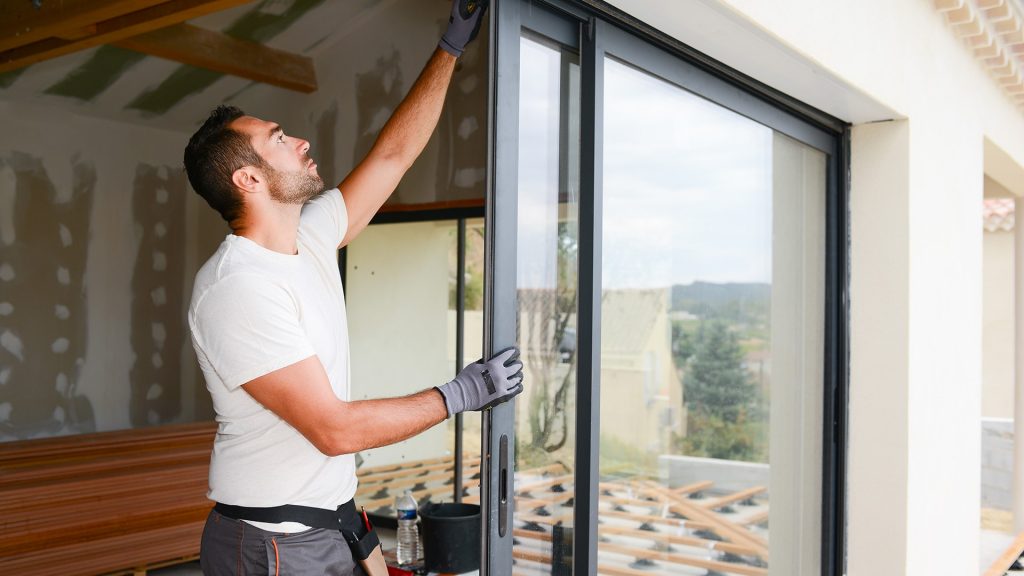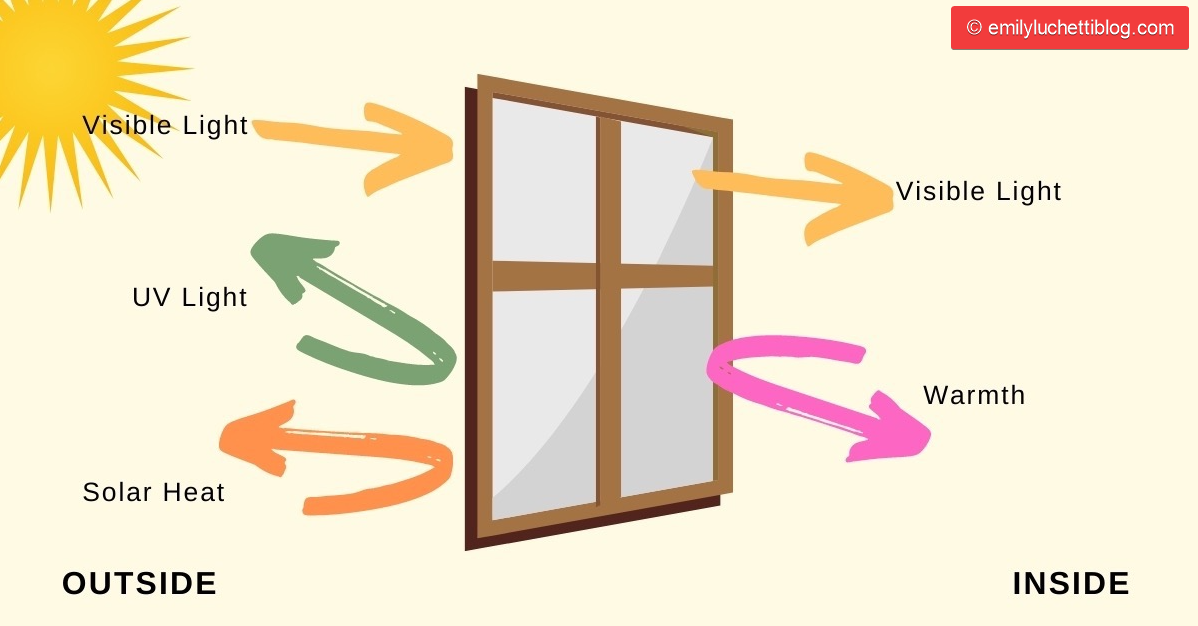Energy-efficient windows are an essential component of any home or building, providing numerous benefits for both the environment and your wallet. Choosing and installing energy-efficient windows can reduce energy costs, enhance comfort and indoor air quality, and reduce your carbon footprint. This article will guide you through the process of choosing and installing energy-efficient windows.
Benefits of Energy-Efficient Windows
Energy-efficient windows provide numerous benefits for both the environment and your wallet. They can reduce energy costs by keeping your home or building warmer in the winter and cooler in the summer. They can also reduce energy consumption and greenhouse gas emissions, contributing to a more sustainable and environmentally friendly lifestyle. In addition, energy-efficient windows can improve indoor air quality by reducing drafts and preventing moisture buildup.

Factors to Consider
When choosing energy-efficient windows, there are several factors to consider:
- Energy Star rating: Look for windows with the Energy Star label, which indicates that they meet energy efficiency guidelines set by the Environmental Protection Agency (EPA).
- U-value: The U-value measures the amount of heat that is lost through the window. Look for windows with a low U-value to reduce energy loss.
- Solar heat gain coefficient (SHGC): The SHGC measures the amount of solar radiation that passes through the window. Look for windows with a low SHGC to reduce heat gain in the summer.
- Window framing materials: The framing materials of the window can impact its energy efficiency. Vinyl, fiberglass, and wood frames are all good choices for energy efficiency.
Installation
Proper installation is crucial to ensure the energy efficiency of your windows. Improper installation can lead to air and water leaks, drafts, and reduced energy efficiency. Hiring a professional installer with experience in energy-efficient window installation is recommended to ensure that the windows are properly installed with the right flashing and insulation.
Maintenance

Maintaining your energy-efficient windows is also essential to ensuring their proper functioning and maximizing their energy efficiency. Keep your windows clean and free of debris to allow maximum natural light to enter and reduce energy loss. Check the weatherstripping and caulking around the windows regularly for cracks or gaps, and replace as needed to prevent air leaks. The advantages and disadvantages of various materials for frames, more in the article about window frames.
Conclusion
Choosing and installing energy-efficient windows can provide numerous benefits for both the environment and your wallet. Consider factors such as Energy Star rating, U-value, SHGC, and framing materials when selecting your windows, and hire a professional installer for proper installation. Maintaining your windows is also important to ensure their proper functioning and maximize their energy efficiency. By following these tips, you can enhance the beauty, energy efficiency, and sustainability of your home or building while also reducing your energy costs and carbon footprint.


